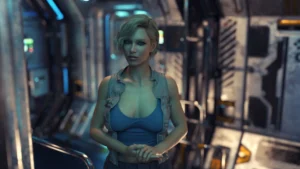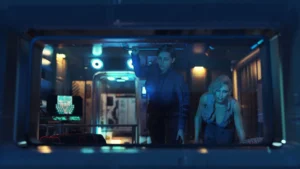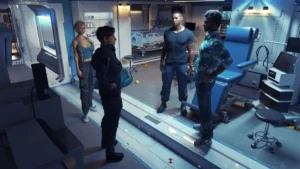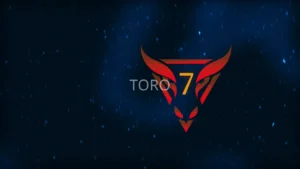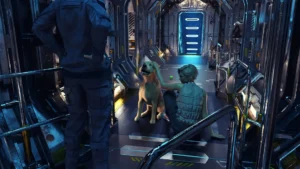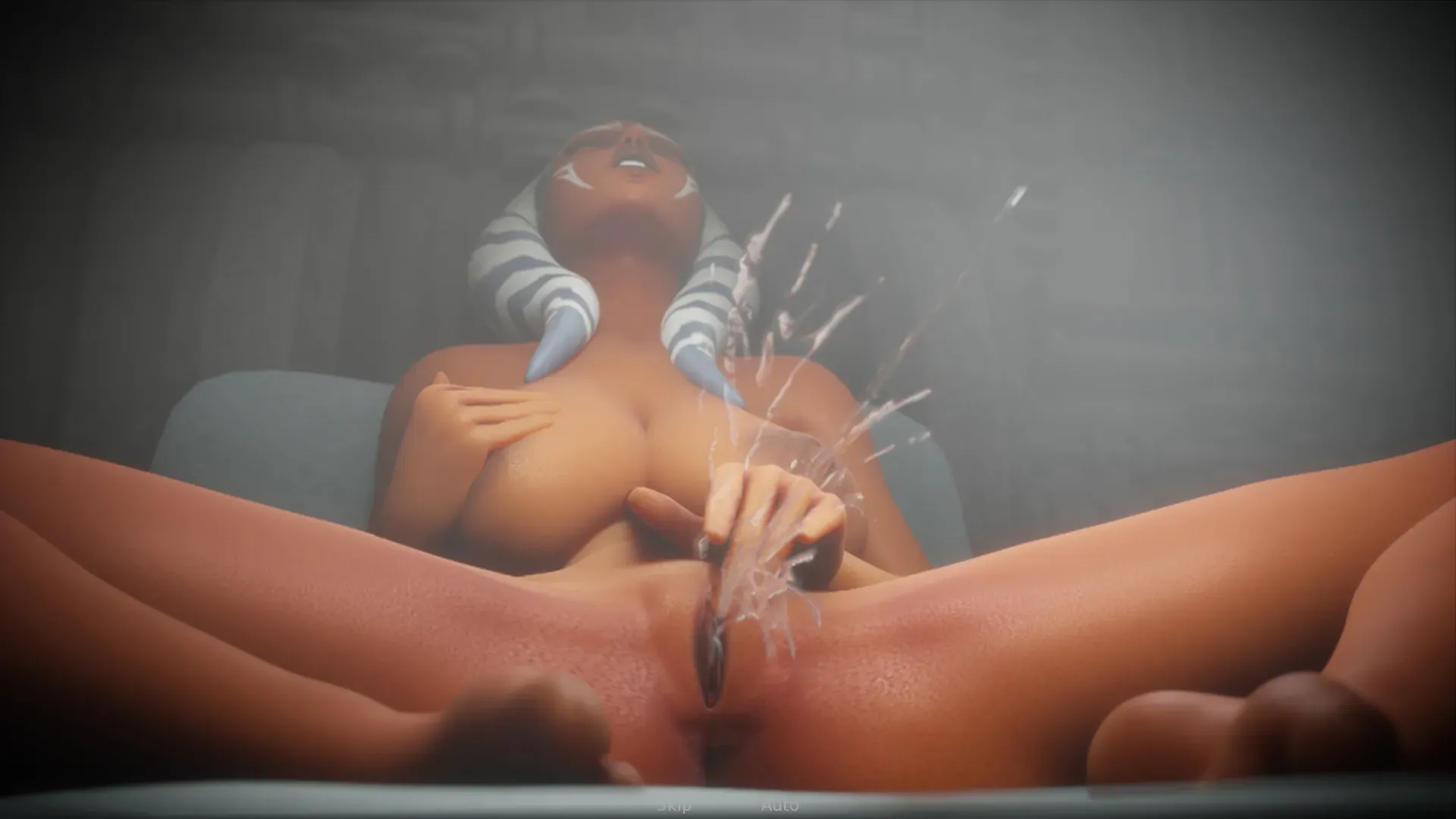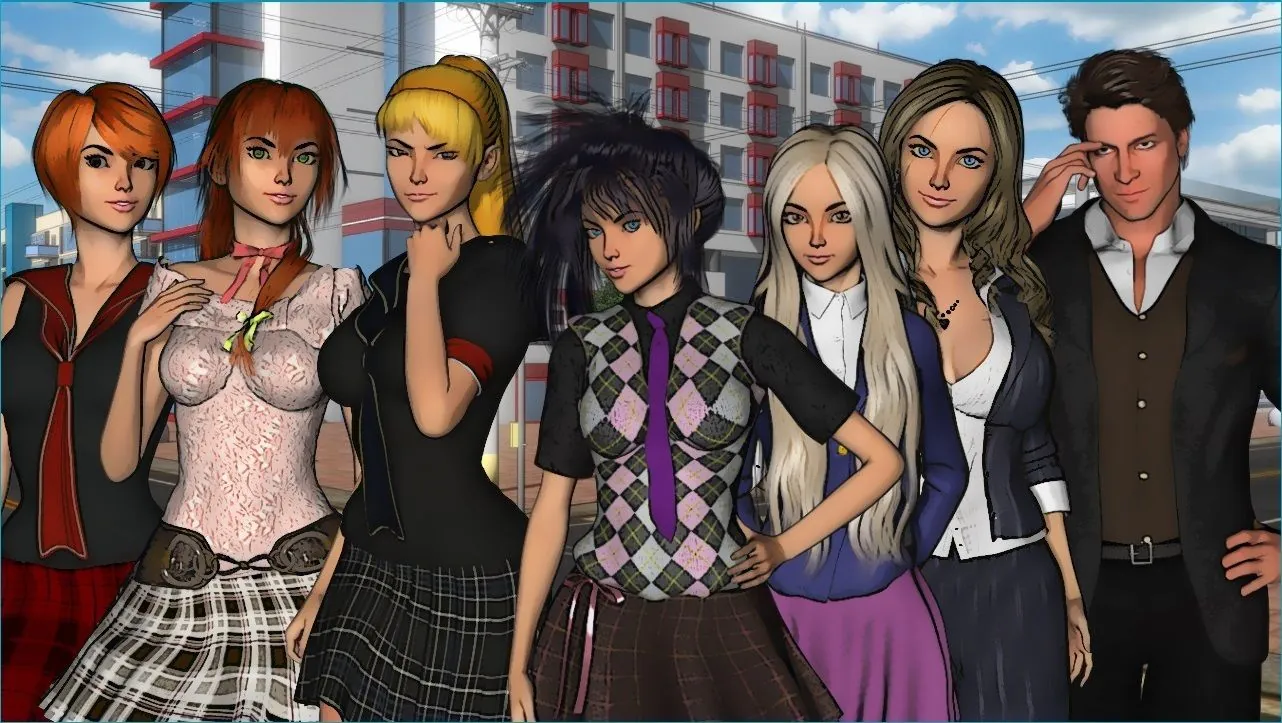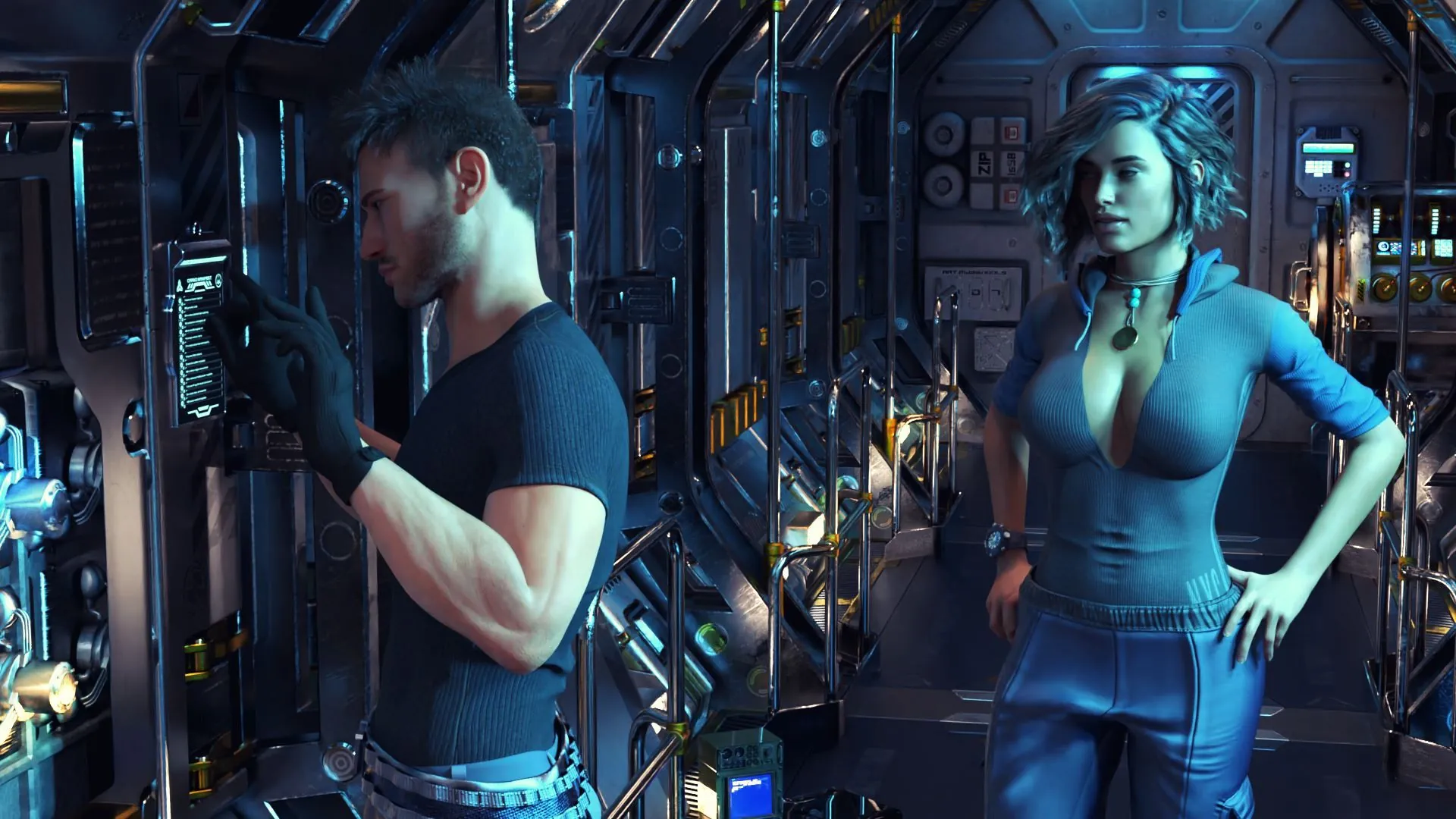
Toro 7
Play Toro 7
Toro 7 review
A strategic guide to mastering this narrative-driven experience
When I first encountered Toro 7 during a late-night gaming session, its intricate storytelling immediately stood out from typical narrative adventures. This deep dive examines why this mature-themed game continues captivating players worldwide, analyzing its unique mechanics while maintaining respect for its artistic vision. We’ll explore what makes its approach to character relationships particularly noteworthy in modern gaming.
Core Gameplay Systems and Narrative Design
Branching Dialogue Mechanics Explained
Let’s cut to the chase: Toro 7 dialogue choices aren’t just about picking pretty words. They’re weapons 🗡️—tools that carve entirely new realities in the game’s story. Imagine this: you’re arguing with Kael, the rebel leader, about whether to sabotage a corporate megaship. Choose “We need to hit them where it hurts,” and he’ll respect your boldness, unlocking a stealth mission later. But pick “Maybe we should negotiate,” and he’ll scoff, labeling you a coward and locking you out of his loyalty quest.
What makes Toro 7 stand out? Every conversation feels like walking a tightrope 🎪. Developer Mara Voss mentioned in a recent interview: “We wanted players to feel the weight of words. Even a single sarcastic reply can ripple into a broken alliance or a surprise betrayal.” Take the “Juno’s Dilemma” quest: agreeing to help her smuggle medical supplies boosts her character affinity system score by +15, but refusing tanks it by -20. These aren’t just numbers—they’re emotional investments.
Compared to games like Mass Effect or Disco Elysium, Toro 7 leans into ambiguity. There’s no “Paragon/Renegade” meter here. Instead, your choices reflect how characters perceive you. For example:
– Blunt honesty = +10 affinity with warriors, -5 with diplomats
– Strategic evasion = +5 with spies, -10 with idealists
Pro tip: 🧠 Save before major conversations. I learned this the hard way after accidentally insulting my favorite android companion, Z3RO, by joking about their “outdated circuits.” Let’s just say they refused to heal me for three missions straight.
Character Relationship Dynamics
Romance, rivalry, or reluctant alliances—Toro 7’s character affinity system turns every interaction into a high-stakes tango 💃. Each companion has hidden “milestones” that unlock perks, story paths, or even alternate endings. For instance:
| Character | Affinity Tier 1 (25+) | Tier 2 (50+) | Tier 3 (75+) |
|---|---|---|---|
| Kael (Rebel Leader) | Shares intel on enemy weak points | Joins your squad permanently | Reveals secret ending: “Revolution’s Price” |
| Lyra (Scientist) | Unlocks lab upgrades | Grants prototype weapons | Triggers rare “Genetic Betrayal” storyline |
| Z3RO (Android) | Repairs gear for free | Decrypts corporate databases | Unlocks “Synthetic Dawn” ending |
🔥 Hot take: Ignoring relationship milestones is like skipping leg day. Sure, you can beat the game without bonding with anyone, but you’ll miss 60% of the lore—and get stuck with garbage gear. During my first playthrough, I neglected Lyra’s quests, only to realize too late that her Tier 3 perk lets you hack enemy mechs. Cue the frustration when I faced a boss with 500% more shields than I could handle.
Want to ace the character affinity system?
– 🎁 Gift strategically: Lyra loves Quantum Crystals (cost: 450 credits), but Z3RO prefers Data Chips (300 credits).
– 🕒 Time matters: Some dialogues only trigger at night or during storms.
– 💔 Embrace conflict: Sometimes pissing off one character strengthens bonds with another.
Resource Management Strategies
Let’s talk credits, folks. Toro 7’s economy doesn’t mess around. You’ll start with 1,000 credits and a dream—but without game economy optimization, you’ll be broke by Chapter 3. Here’s the breakdown:
- Credits: Earned from quests (200–500 each) or selling loot (e.g., Scrap Metal = 75 credits).
- Neural Tokens: Rare currency for upgrading cyberware (found in boss fights or bought for 1,500 credits).
- Reputation Points: Unlock faction-specific vendors (e.g., 50 points = 10% discount at Rebel Outposts).
The devs admitted in a livestream: “We balanced the economy to punish reckless spending.” Translation: Buy that shiny plasma rifle early, and you’ll starve your upgrade budget later. 🤑 My golden rule? Hoard Neural Tokens until Act 2. Why? Because the “Neuro-Enhancer” implant (cost: 8 tokens) doubles your dialogue persuasion success rate—a must for unlocking story branching paths.
Compare this to The Witcher 3’s straightforward economy. In Toro 7, every credit spent impacts story branching paths. For example:
– Spending 2,000 credits to bribe a guard skips a combat sequence but blocks access to the Black Market.
– Donating 500 credits to refugees boosts your “Hero” reputation, altering how NPCs address you.
🚀 Pro strategy: Farm the “Shadow District” arena early. Each win nets 300 credits and 1–3 Neural Tokens. Grind it five times, and you’ll enter mid-game with 1,500+ credits and enough tokens to dominate the character affinity system.
Wrapping It Up
Mastering Toro 7 means embracing its tangled web of dialogue choices, affinity tiers, and brutal economy. It’s not just about “winning”—it’s about crafting a story that feels yours. So save often, gift wisely, and remember: every word, credit, and side-eye shapes your legacy. Now go out there and break the system—before it breaks you. 😎🔥
Through its layered narrative systems and active player community, Toro 7 demonstrates how mature themes can be handled with gameplay sophistication. Whether you’re optimizing relationships or experimenting with mods, remember that discovery remains half the journey. Join dedicated forums to share your unique strategies and shape the game’s evolving meta.



